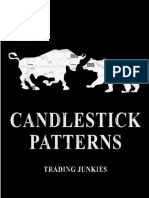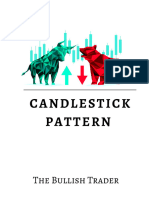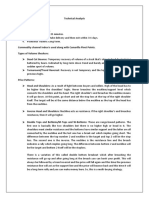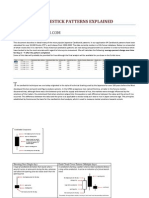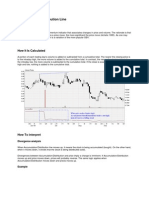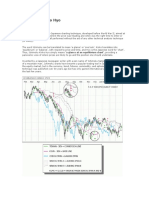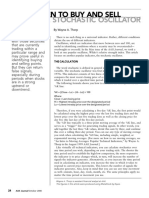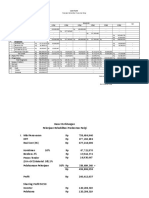0% found this document useful (0 votes)
297 views69 pagesCANDLES
The document provides an overview of various candlestick patterns used in technical analysis, including single, double, and triple candlestick patterns, as well as reversal and continuation chart patterns. It explains the significance of each pattern in predicting market trends, indicating potential bullish or bearish movements based on their formation and context. Additionally, it outlines specific strategies for stop loss and target settings associated with these patterns.
Uploaded by
AppSecCopyright
© © All Rights Reserved
We take content rights seriously. If you suspect this is your content, claim it here.
Available Formats
Download as PDF, TXT or read online on Scribd
0% found this document useful (0 votes)
297 views69 pagesCANDLES
The document provides an overview of various candlestick patterns used in technical analysis, including single, double, and triple candlestick patterns, as well as reversal and continuation chart patterns. It explains the significance of each pattern in predicting market trends, indicating potential bullish or bearish movements based on their formation and context. Additionally, it outlines specific strategies for stop loss and target settings associated with these patterns.
Uploaded by
AppSecCopyright
© © All Rights Reserved
We take content rights seriously. If you suspect this is your content, claim it here.
Available Formats
Download as PDF, TXT or read online on Scribd
/ 69






















